Though her experiments defied long-held laws about symmetry in the physical world, Wu was not regarded as a peer of those whose work she enabled.
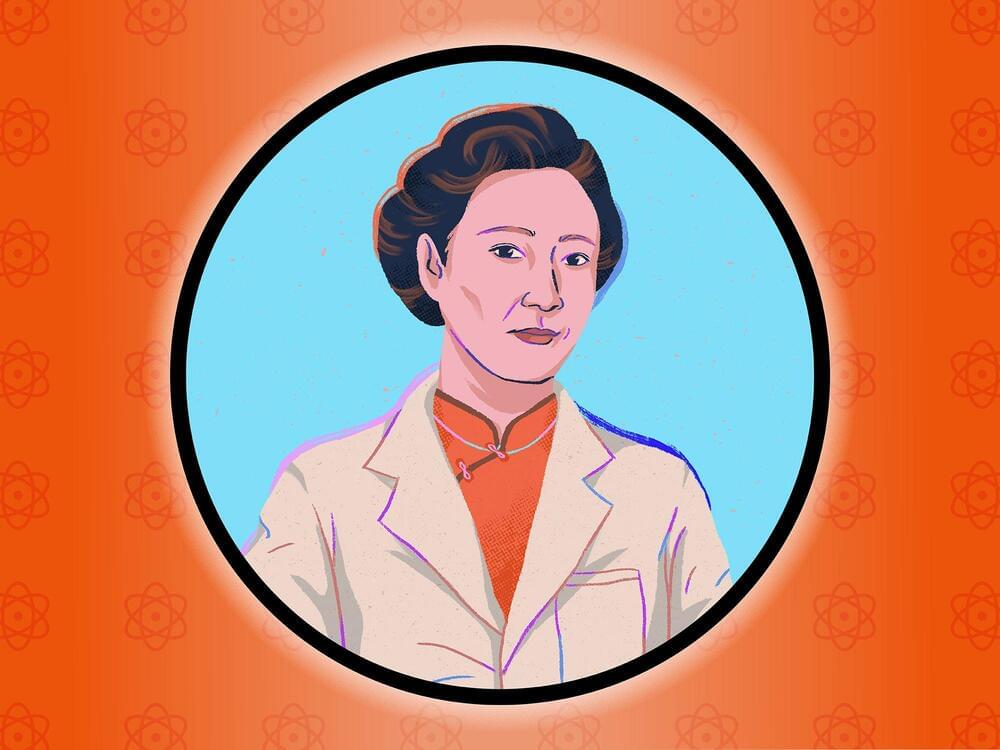


Every time you take a step, space itself glows with a soft warmth.
Called the Fulling–Davies–Unruh effect (or sometimes just Unruh effect if you’re pushed for time), this eerie glow of radiation emerging from the vacuum is akin to the mysterious Hawking radiation that’s thought to surround black holes.
Only in this case, it’s the product of acceleration rather than gravity.


Two SpaceX Falcon 9 rockets have completed back-to-back Starlink launches less than 24 hours apart, successfully delivering 106 Starlink satellites to low Earth orbit (LEO).
Originally scheduled just a handful of hours apart, slight delays eventually saw Starlink 4–13 and Starlink 4–15 settle on 6:07 pm EDT, May 13th and 4:40 pm EDT, May 14th, respectively. Entering the final stretch, launch preparations went smoothly and both Falcon 9 rockets ultimately lifted off without a hitch.
The series began with Starlink 4–13 on Friday. SpaceX chose Falcon 9 B1063 to support the Starlink launch and the booster did its job well, wrapping up its fifth launch since November 2020 with a rare landing aboard drone ship Of Course I Still Love You (OCISLY). Since SpaceX permanently transferred OCISLY from the East Coast to the West Coast in mid-2021, the drone ship has only supported five booster recoveries. Save for an unusual East Coast Starlink launch in May 2021, Falcon 9 B1061 has also primarily been tasked with supporting SpaceX’s West Coast launch manifest. With only one older pad – Vandenberg Space Force Base’s (VSFB) SLC-4 complex – available to SpaceX, the company’s West Coast Falcon launches are also considerably rarer than its East Coast missions.
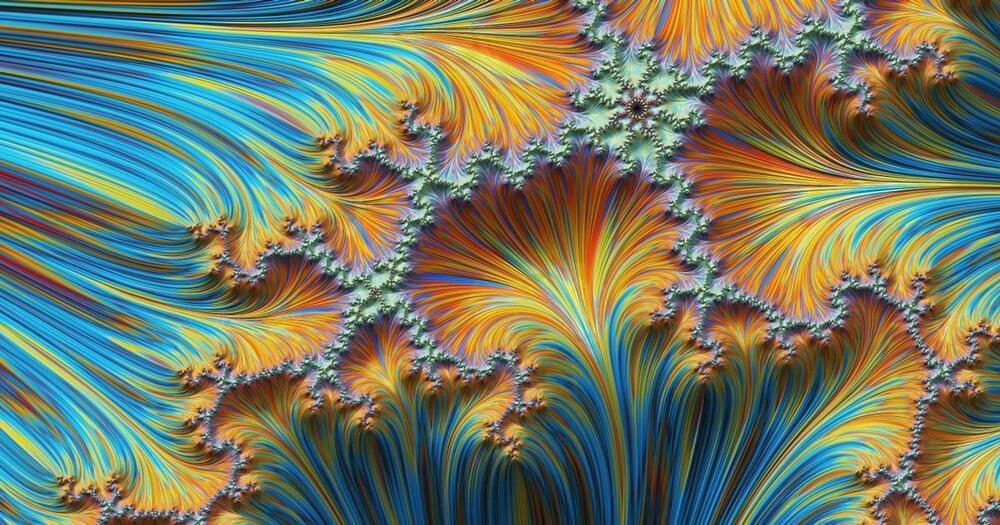
The human brain is often described in the language of tipping points: It toes a careful line between high and low activity, between dense and sparse networks, between order and disorder. Now, by analyzing firing patterns from a record number of neurons, researchers have uncovered yet another tipping point — this time, in the neural code, the mathematical relationship between incoming sensory information and the brain’s neural representation of that information. Their findings, published in Nature in June, suggest that the brain strikes a balance between encoding as much information as possible and responding flexibly to noise, which allows it to prioritize the most significant features of a stimulus rather than endlessly cataloging smaller details. The way it accomplishes this feat could offer fresh insights into how artificial intelligence systems might work, too.
A balancing act is not what the scientists initially set out to find. Their work began with a simpler question: Does the visual cortex represent various stimuli with many different response patterns, or does it use similar patterns over and over again? Researchers refer to the neural activity in the latter scenario as low-dimensional: The neural code associated with it would have a very limited vocabulary, but it would also be resilient to small perturbations in sensory inputs. Imagine a one-dimensional code in which a stimulus is simply represented as either good or bad. The amount of firing by individual neurons might vary with the input, but the neurons as a population would be highly correlated, their firing patterns always either increasing or decreasing together in the same overall arrangement. Even if some neurons misfired, a stimulus would most likely still get correctly labeled.
At the other extreme, high-dimensional neural activity is far less correlated. Since information can be graphed or distributed across many dimensions, not just along a few axes like “good-bad,” the system can encode far more detail about a stimulus. The trade-off is that there’s less redundancy in such a system — you can’t deduce the overall state from any individual value — which makes it easier for the system to get thrown off.
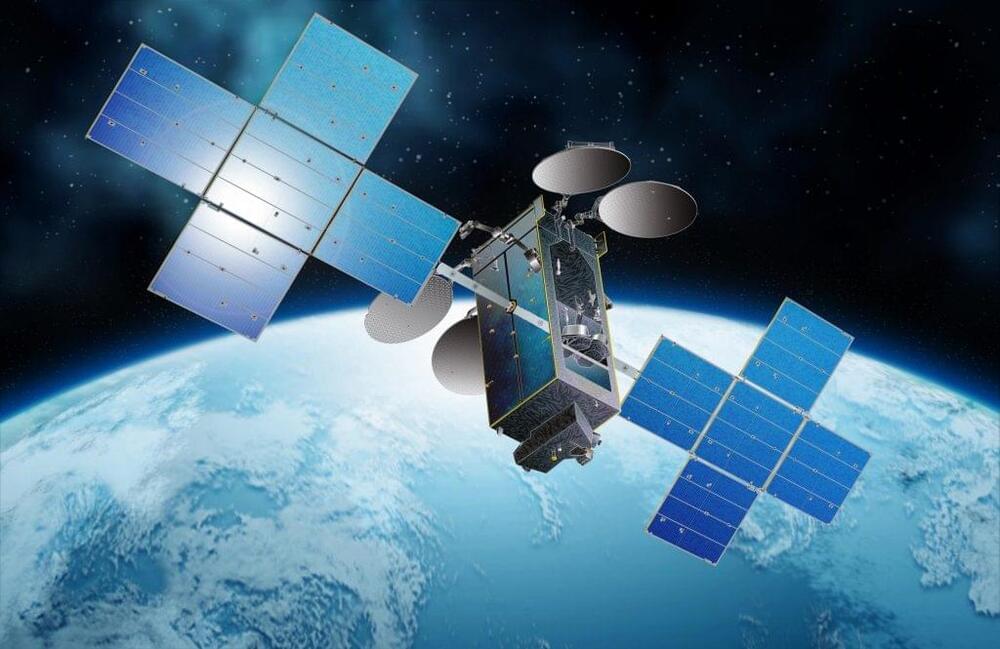
A report on the latest in a long line of SpaceX launches significantly delayed by customer payload readiness has been updated to confirm that the satellite in question will launch on Falcon Heavy, not Falcon 9.
Hughes revealed that it had selected SpaceX to launch its Maxar-built Jupiter-3 geostationary communications satellite during an industry conference on March 21st, 2022. At the time, Hughes stated that the satellite was on track to launch in the fourth quarter of 2022, a refinement but also a delay from earlier plans to launch sometime in H2 2022. Just six weeks later, manufacturer Maxar reported that the completion of Jupiter 3 – like many other Maxar spacecraft – had been delayed, pushing its launch to no earlier than (NET) “early 2023.”
At the same time, Maxar revealed that Jupiter 3 – also known as Echostar 24 – was expected to weigh around 9.2 metric tons (~20,300 lb) at liftoff when that launch finally happens. That figure immediately raised some questions about which SpaceX rocket Hughes or Maxar had chosen to launch the immense satellite.
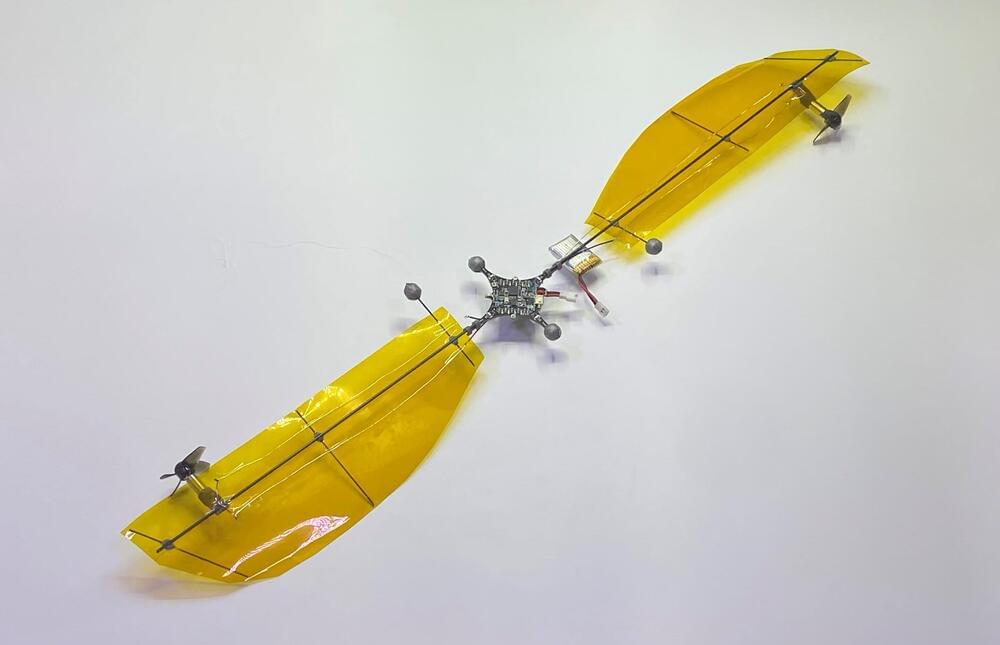
Anyone else find it fascinating that we have all this tech and still can’t compete with nature?
A trio of researchers at City University of Hong Kong has developed a tiny drone based on the maple seed pod. In their paper published in the journal Science Robotics, Songnan Bai, Qingning He and Pakpong Chirarattananon, describe how they used the maple seed pod as an inspiration for increasing flight time in under 100-gram drones.
Maple seed pods are well known for their helicopter-type design. As they fall from the tree, they spin like a helicopter rotor with no engine, increasing their distance from the tree as they are blown afar. In this new effort, the researchers sought to take advantage of the efficiency inherent in the structure of the maple seed pod to increase flight time for tiny drones. To that end, they built a tiny drone that can spin like the maple seed pod to keep aloft. The resulting drone could fly for nearly twice as long as those with a traditional four-rotor design.
Most drones have spinning rotors to provide lift. This new design features two tiny rotors at the tips of the wings to make them spin—the lift comes courtesy of the spinning wings, which accounts for its improvements in efficiency. The researchers also added electronics and a battery at the center of the drone. The whole thing weighs less than 35 grams and spins at approximately 200 rpm. Testing showed it capable of hovering in the air for up to 24 minutes. The researchers note that due to the inherent stability of the design, no stabilizing microprocessor is needed. They also noted that they were able to realize position-controlled flight by manipulating the speed of the tiny rotors.
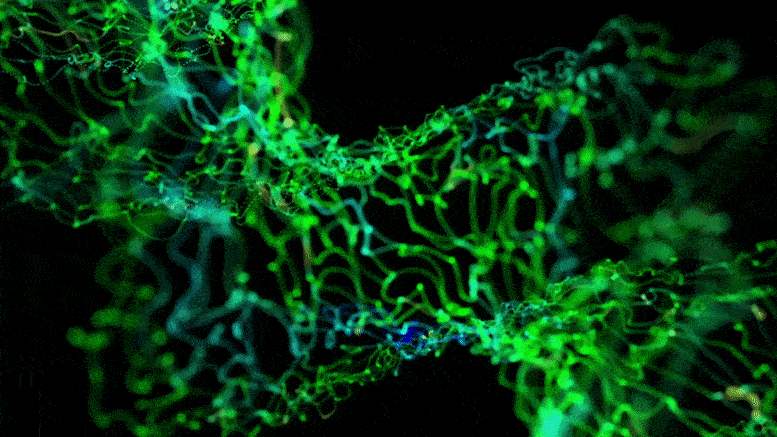
According to a new theory by LMU chemists led by Thomas Carell, it was a novel molecular species composed of RNA
Ribonucleic acid (RNA) is a polymeric molecule similar to DNA that is essential in various biological roles in coding, decoding, regulation and expression of genes. Both are nucleic acids, but unlike DNA, RNA is single-stranded. An RNA strand has a backbone made of alternating sugar (ribose) and phosphate groups. Attached to each sugar is one of four bases—adenine (A), uracil (U), cytosine ©, or guanine (G). Different types of RNA exist in the cell: messenger RNA (mRNA), ribosomal RNA (rRNA), and transfer RNA (tRNA).
Hello 👋 guys check out our newest video #()
#destrorobotics Please don’t forget to like 👍and subscribe to our channel. #Empoweringtheworldthroughrobotics.
Support us through paypal: https://www.paypal.me/destrorobotics.
Video link👇:
In this video we will be looking at the top 20 awesome robot animals that will blow your mind please 🙏 subscribe to my youtube channel👌 https://youtube.com/channel/UCK9neHq3aT9dqN_ossHhLew.

People seem to be continually surprised, over and over again, by the new capabilities of big machine learning models, such as PaLM, DALL-E, Chinchilla, SayCan, Socratic Models, Flamingo, and Gato (all in the last two months!). Luckily, there is a famous paper on how AI progress is governed by scaling laws, where models predictably get better as they get larger. Could we forecast AI progress ahead of time by seeing how each task gets better with model size, draw out the curve, and calculate which size model is needed to reach human performance?